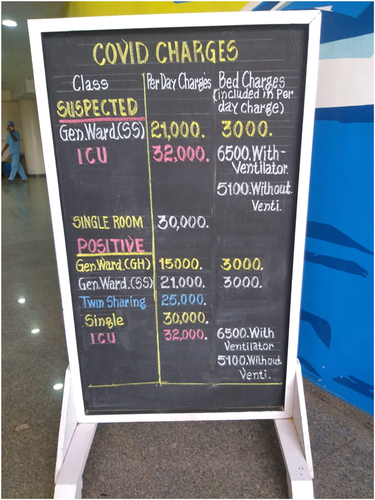Abstract
Based on ethnographic research in a public hospital trauma intensive care unit in Mumbai, India, this article formulates the concept of “social breathing” to analyze how breath is central to values of life at the edges of death. Case studies of emergency resuscitation, intubation, and ventilation each illustrate breathing’s sociality, as people and machines move air both materially and immaterially. Amid the hospital’s rationing of life support technologies, forms of life that seem to be self‐regulated are better understood as relational movements of breath. Social breathing stands to reshape our understanding of the biopolitics of intensive care by drawing attention to uncertain techniques of the body. These techniques move at the hinge between person and environment, self and other, public and private health care systems, and medicine and machine. Life’s valuation at this hinge takes shape through breath moving against its limits. Ultimately, the article argues that it is crucial to understand how ventilators mediate the edges of life and death by tracing the circulations of life support as the movements of life itself. As patients, families, and hospital workers struggle to make and manage breath, we might better grapple with the social relations that emerge as life support shapes life.
